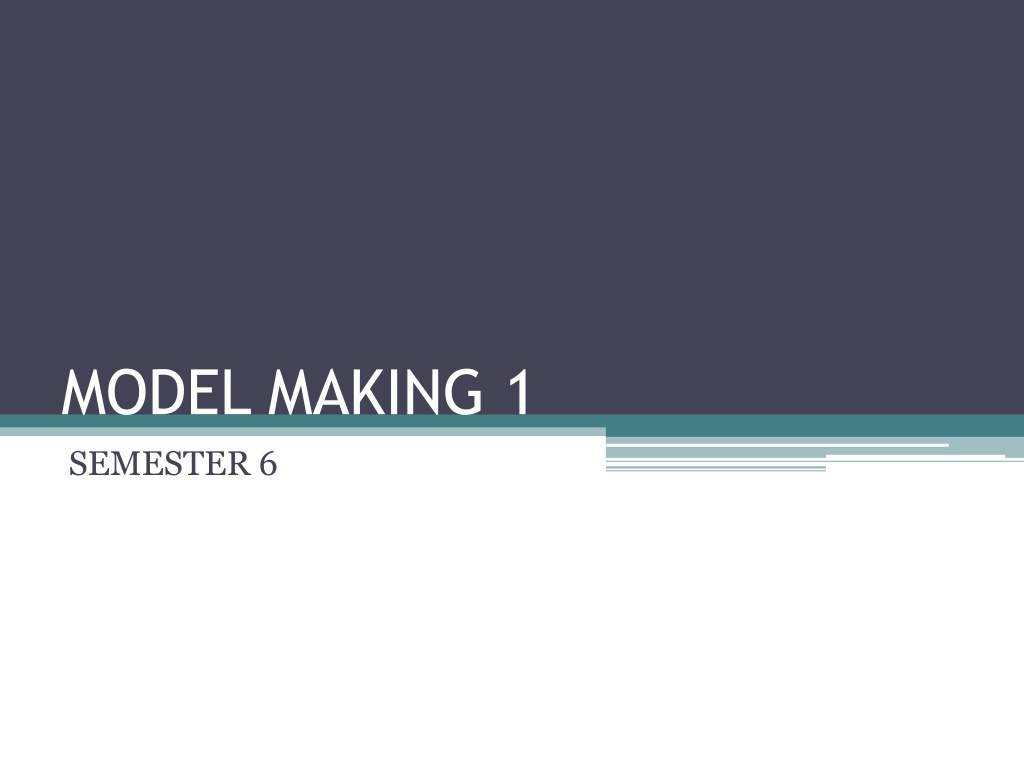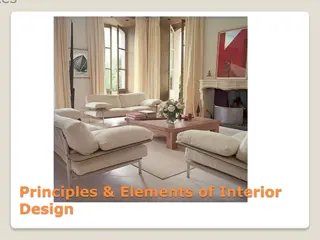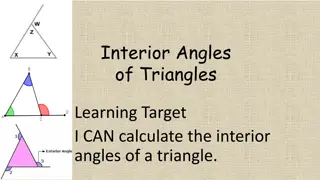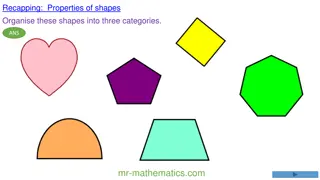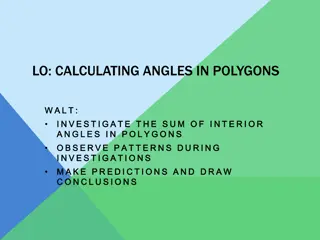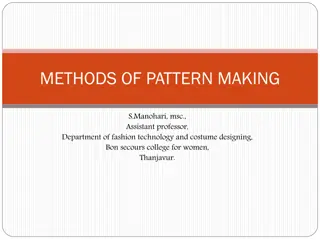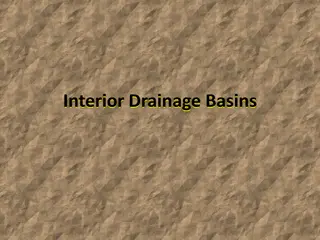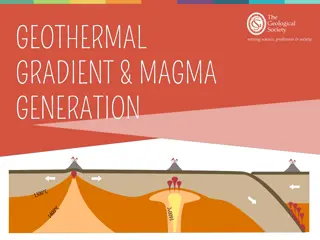Exploring Model Making in Interior Design Education
Physical modeling plays a vital role in interior design by enabling designers and clients to visualize spatial relationships and constructive systems. Through careful material selection and basic tools, designers can create rapid paper models or detailed timber constructions to test design concepts effectively. This practice introduces various sheets like scholar sheets, balsa wood sheets, and corrugated sheets for different modeling purposes in interior design.
Download Presentation

Please find below an Image/Link to download the presentation.
The content on the website is provided AS IS for your information and personal use only. It may not be sold, licensed, or shared on other websites without obtaining consent from the author. Download presentation by click this link. If you encounter any issues during the download, it is possible that the publisher has removed the file from their server.
E N D
Presentation Transcript
MODEL MAKING 1 SEMESTER 6
Model making For centuries, physical modeling has been a staple of Interior Design education and practice. Allowing the designer and client to explore a scheme in plan, elevation, and perspective all at once, the physical model aims to simulate the spatial relationship between volumes and to understand constructive systems.
Whether through a rapid, five-minute volumetric test of paper models, or a carefully sculpted timber construction detail, careful choice of material can greatly assist the modeling process, allowing designers to remain abstract, or test physical properties of structural systems.
Introduction to basic tools & materials used in model making BASIC TOOLS Scissors Cutters Cutting matt Steel edge ruler Masking tape Thumb pins Glue ( UHU or PVA)
Introduction to basic tools & materials used in model making TYPES OF SHEETS Scholar sheets Balsa wood sheets Corrugated sheets Boxboard sheets Cardboard sheets Fomic sheet Foam core or model making sheet
Scholar sheet Thanks to its low cost and accessibility this material is most suitable for rapid volumetric testing or drawing of design plains. With scissors and some tape, you can generate a number of solutions quickly, easily, and cost-effectively, while still creating dynamic objects. Another feature to be considered is the thinness and, consequently, flexibility of paper models, which allows stress-free bends, curves, and inclinations. This also makes the material good for folding studies.
Balsa wood sheets Within the family of wood used frequently in model making, Balsa is the one of the easiest to work with. The low thickness allows for precise cutting and joining of surfaces with wood or white glue. That being said, careful attention must be given when slicing perpendicular to the grain, to avoid chipping, or rough edges.
Corrugated sheet Good for adding thickness Easy to cut and glue together
Boxboard sheet Easily available Gives a good finish Easy to cut and paste Easily foldable and makes fine corners Can be used in making cubes or other forms
Foam board or model making sheet Foam board has two thin layers of card sandwiching a layer of foam. Although the material it self is light, it does produce a reasonably strong model. It is easy to cut and will take most paints. Care should be taken when using adhesives as some will dissolve the foam core. It is generally found in 3 and 5mm thicknesses, but other sizes can be found.
PLASTIC SHEET Transparent or frosted plastic sheets for making skylights or windows
OTHER MATERIALS BAMBOO SKEWERS AND COCKTAIL STICKS These are strong poles which can be used as fence posts, or even as scaffolding poles in the larger scales. They are sold in large cheap packs by supermarkets for barbecuing kebabs etc. ICE CREAM STICKS COTTON FABRIC
